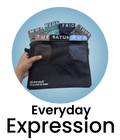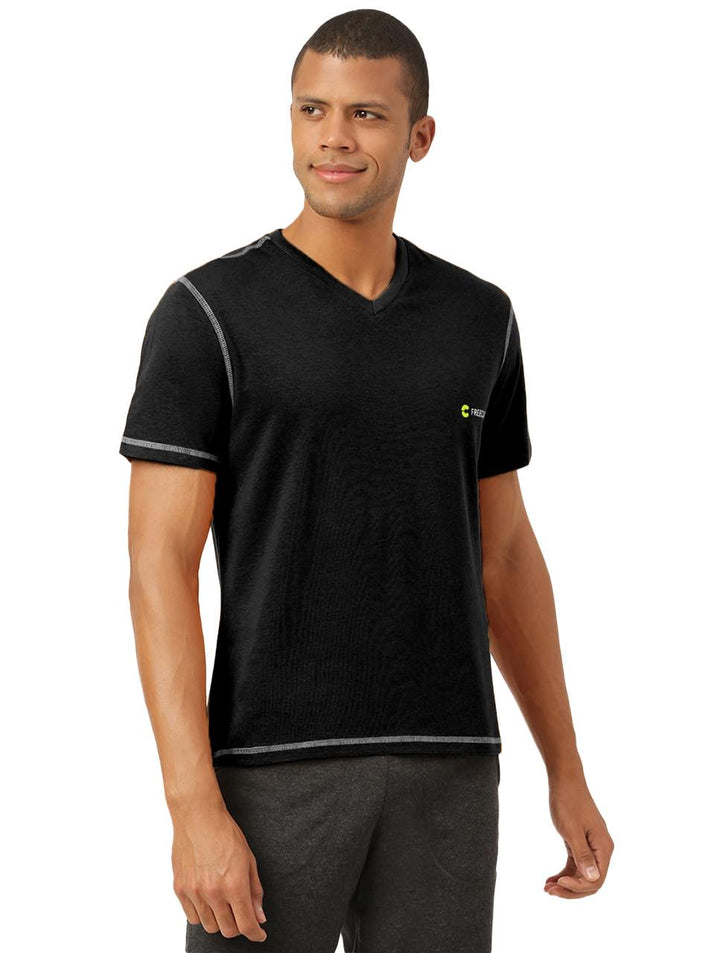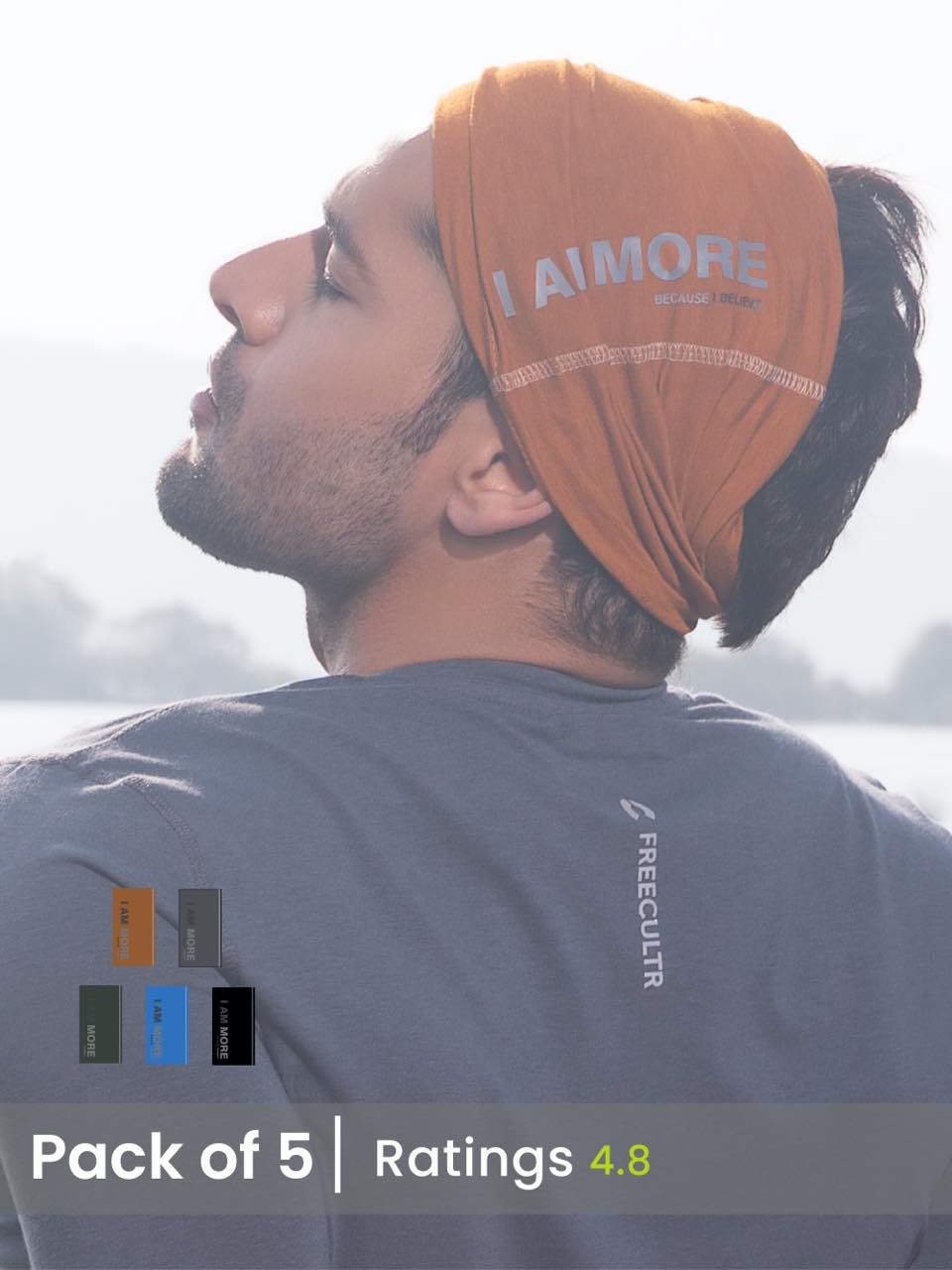Consider the humble t-shirt: a staple in wardrobes worldwide, yet often overlooked in its engineering. Today's consumers demand more than just a basic garment; they seek a fusion of unparalleled comfort and enduring quality. This exploration dives deep into what sets superior tees apart. We'll dissect the critical role of soft cotton, examining various weaves like combed and ring-spun. Their impact on drape and feel. Moreover, we'll investigate construction techniques, such as reinforced seams and durable collars, that transform a simple tee into a long-lasting investment, resisting the wear and tear of modern life and contributing to sustainable fashion choices.

The Allure of Soft Cotton: Understanding Fiber Composition
The foundation of a comfortable and durable tee lies in the selection of cotton fibers. Not all cotton is created equal. Different varieties boast distinct properties that influence the final product's softness, strength. Overall feel. Understanding these differences is key to appreciating the nuances of a high-quality tee.
- Upland Cotton: This is the most widely cultivated type of cotton, accounting for a significant portion of global production. While generally more affordable, Upland cotton tees can sometimes feel less soft compared to premium varieties.
- Pima Cotton: Known for its extra-long staple fibers, Pima cotton offers superior softness, durability. Resistance to pilling. It's often considered a step up in quality from Upland cotton.
- Egyptian Cotton: Renowned for its luxurious feel, Egyptian cotton is another extra-long staple variety. Its exceptional softness and strength make it a highly sought-after material for premium tees.
- Organic Cotton: This refers to cotton grown without the use of synthetic pesticides or fertilizers. While not necessarily softer than conventionally grown cotton, organic cotton is often preferred by environmentally conscious consumers.
Beyond the type of cotton, the spinning process also plays a crucial role. Ring-spun cotton, for instance, is created by continuously twisting and thinning the cotton strands, resulting in a smoother, stronger yarn. This translates to a softer and more durable tee.
Construction Matters: Stitching, Seams. Reinforcements
The durability of a tee isn't solely determined by the cotton itself; the construction techniques employed are equally essential. A well-constructed tee will withstand repeated washing and wear without losing its shape or falling apart at the seams.
- Stitching: Look for tees with tight, even stitching. Double-needle stitching along the seams and hems indicates a higher level of durability. This technique involves using two needles simultaneously to create two parallel rows of stitching, reinforcing the seam and preventing it from unraveling.
- Seams: Side seams should be straight and lie flat against the body. Avoid tees with twisted or puckered seams, as these are often signs of poor construction. Shoulder seams are another critical area to inspect. Reinforced shoulder seams, often with taping or binding, prevent stretching and sagging.
- Neckline: The neckline is a vulnerable area prone to stretching. A ribbed collar, often made with a blend of cotton and spandex, provides better elasticity and helps maintain the shape of the neckline over time. Look for tees with a taped or reinforced neckline for added durability.
- Reinforcements: Some tees feature reinforcements at stress points, such as the shoulders and underarms. These reinforcements can take the form of extra stitching or fabric patches, providing added strength and preventing tears.
Weave and Knit Types: Influencing Feel and Performance
The way the cotton fibers are woven or knitted together significantly impacts the tee's feel, drape. Performance. Different weave and knit types offer varying levels of breathability, stretch. Texture.
- Jersey Knit: This is the most common knit type for tees. Jersey knit fabrics are known for their soft, smooth feel and good drape. They're typically lightweight and breathable, making them ideal for everyday wear.
- Rib Knit: Rib knit fabrics have a vertical ribbed texture that provides excellent stretch and recovery. They're often used for collars and cuffs. Can also be used for the entire tee. Rib knit tees tend to be more form-fitting than jersey knit tees.
- Piqué Knit: Piqué knit fabrics have a textured surface with raised cords or wales. They're typically used for polo shirts. Can also be found in some tees. Piqué knit tees offer a more structured look and feel compared to jersey knit tees.
- Waffle Knit: Waffle knit fabrics have a distinctive grid-like texture that traps air and provides insulation. They're often used for thermal tees designed to keep you warm in cold weather.
The Impact of Blends: Combining Cotton with Other Fibers
While 100% cotton tees are popular for their natural comfort, some tees incorporate blends of cotton with other fibers to enhance their performance or durability. Common blends include:
- Cotton-Polyester: This blend combines the softness and breathability of cotton with the durability and wrinkle resistance of polyester. Cotton-polyester tees are often more affordable and easier to care for than 100% cotton tees.
- Cotton-Spandex: This blend adds stretch and recovery to the tee, allowing it to move with your body and retain its shape. Cotton-spandex tees are often used for athletic wear or form-fitting styles.
- Tri-Blends: These blends typically combine cotton, polyester. Rayon. Tri-blend tees offer a unique combination of softness, drape. Durability. They're known for their heathered appearance and comfortable feel.
Real-World Applications: Choosing the Right Tee for the Occasion
The ideal tee depends on the intended use. Consider these factors when selecting a tee:
- Everyday Wear: For everyday wear, a 100% cotton or cotton-polyester blend jersey knit tee is a comfortable and versatile option. Look for features like double-needle stitching and a ribbed collar for added durability.
- Athletic Activities: For athletic activities, a cotton-spandex blend or a moisture-wicking synthetic tee is a better choice. These tees will keep you cool and dry while providing freedom of movement.
- Formal Occasions: While tees are generally considered casual wear, a high-quality Pima or Egyptian cotton tee in a solid color can be dressed up with a blazer or cardigan for a more formal look.
- Workwear: For workwear, consider a durable cotton-polyester blend tee that can withstand repeated washing and wear. Look for features like stain resistance and reinforced seams.
For example, I recall a time when I was helping a friend choose tees for his small business uniform. He initially gravitated towards cheaper, thinner shirts. After explaining the benefits of a slightly more expensive, ring-spun cotton/polyester blend with reinforced seams, he understood the long-term value. He ended up choosing the sturdier option. Months later, he thanked me, saying the shirts held up incredibly well to daily wear and washing, saving him money in the long run by not needing to replace them frequently. This reinforces the idea that investing in quality construction and materials is crucial for durability.
Maintaining Your Tees: Care Instructions for Longevity
Proper care is essential for extending the lifespan of your tees. Always follow the care instructions on the garment label. Here are some general tips:
- Washing: Wash tees inside out in cold water to prevent fading and shrinkage. Use a mild detergent and avoid harsh chemicals like bleach.
- Drying: Tumble dry on low heat or hang to dry. High heat can damage the fibers and cause shrinkage.
- Ironing: Iron tees inside out on a low setting if necessary. Avoid ironing directly over prints or embellishments.
- Storage: Store tees folded or hung in a cool, dry place. Avoid storing them in direct sunlight, which can cause fading.
Fashion & Comfort: Finding the Perfect Balance
Ultimately, the best tee is one that combines both fashion and comfort. Consider your personal style and preferences when choosing a tee. Experiment with different colors, fits. Styles to find what works best for you. A tee should not only look good but also feel good against your skin. Prioritize soft, breathable fabrics and well-constructed seams for maximum comfort. Remember that a durable and well-maintained tee is an investment in your wardrobe that will provide years of enjoyment.
Conclusion
So, you now know the secret: the best tees combine cloud-like softness with built-to-last construction. Don't just grab any tee off the rack. Feel the fabric, check the seams. Consider the source. I personally learned this lesson the hard way after a cheap tee shrunk to doll-size after one wash! To keep your favorite tees looking their best, turn them inside out before washing and consider air drying. This small habit can significantly extend their lifespan. Ultimately, investing in quality cotton tees is an investment in your comfort and style. Embrace the feeling of a well-made tee and go conquer your day, confidently clad in comfort. For more info on clothing care, check out resources like Good Housekeeping.More Articles
Tees – Sustainable Fabrics & Timeless StyleWomen's Tank Top – Flattering Fit & Versatile Style
Innerwear – Comfortable Fabrics & Everyday Essentials
Bandana – Versatile Style & Sun Protection
FAQs
So, what's the big deal about 'soft cotton'? Isn't all cotton kinda soft?
Good question! Not all cotton is created equal. We're talking about specifically chosen, high-quality cotton that's been processed to be extra smooth and gentle on your skin. Think of it like the difference between regular sheets and those fancy Egyptian cotton ones – a noticeable upgrade in comfort!
Durable construction – what does that even mean when we're talking about a t-shirt?
It means your tee is built to last! We're talking reinforced seams (you know, those places where shirts often fall apart first), a neckline that won't stretch out after a few washes. Overall attention to detail in how the shirt is put together. , it's designed to survive more than just a few wears.
Will these tees shrink after I wash them?
Shrinkage is the enemy! We use pre-shrunk cotton to minimize this. A little bit of shrinkage is normal, especially with 100% cotton. To help prevent excessive shrinkage, wash in cold water and tumble dry on low or hang to dry.
Are these tees see-through?
Nobody wants a see-through tee! We use a fabric weight that's substantial enough to prevent that awkward transparency. Of course, lighter colors will always be slightly more prone to showing what's underneath. We aim for good coverage.
What kind of care instructions should I follow to keep my tee looking its best?
Treat it kindly! Wash inside out in cold water with similar colors. Avoid harsh detergents and bleach. Tumble dry low or hang to dry. Iron on low if needed. Avoid ironing directly over any printed designs.
Okay. Are these tees actually comfortable to wear all day long?
That's the whole point! The soft cotton combined with a well-designed fit makes these tees super comfortable for everyday wear. You can wear them around the house, out running errands, or even dress them up a bit – they're versatile like that.






